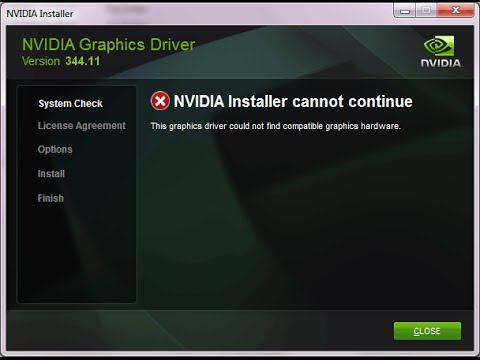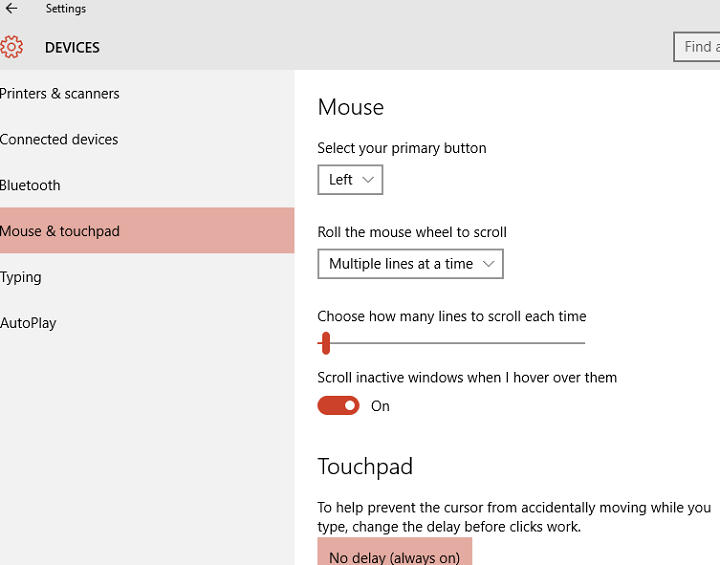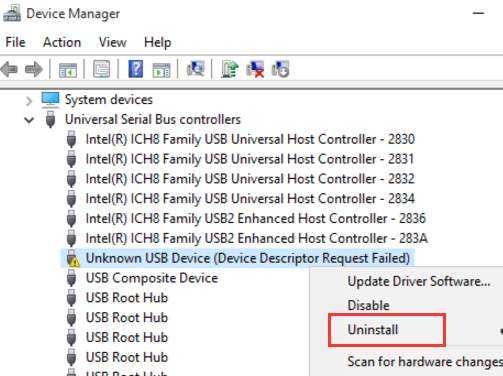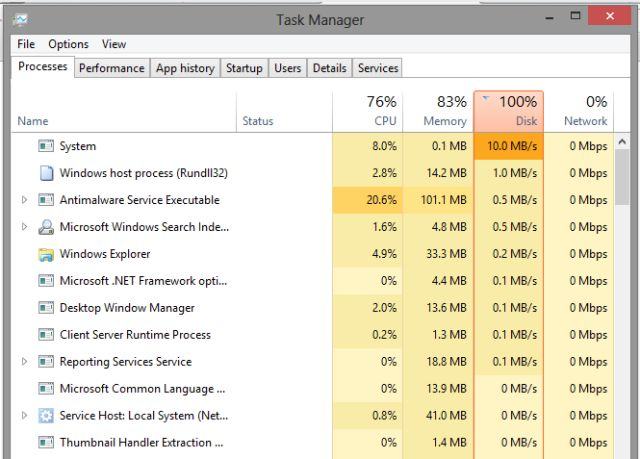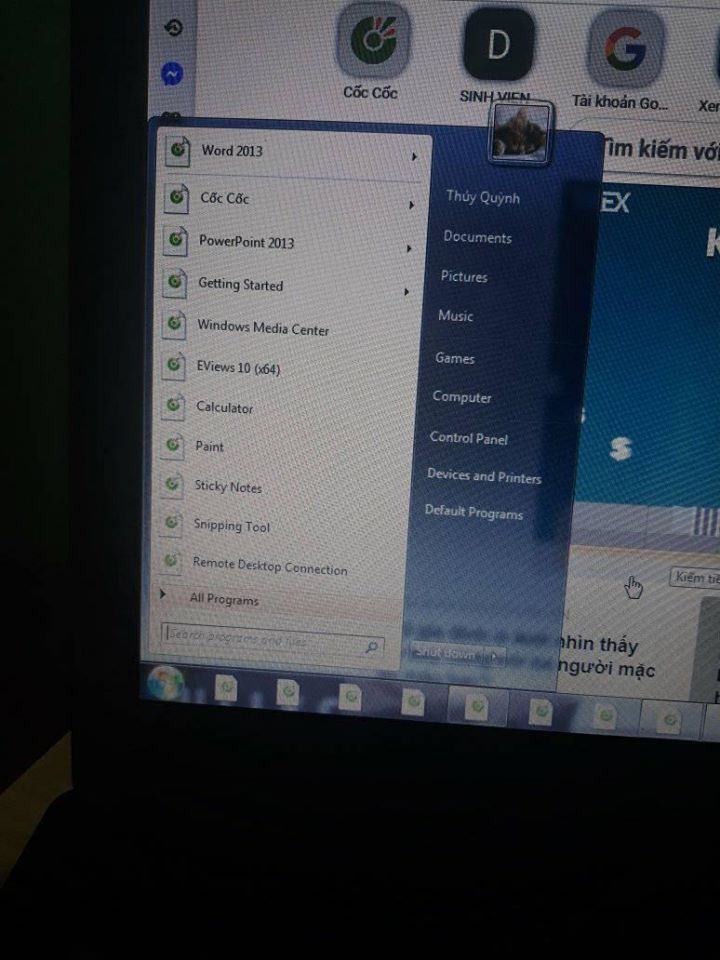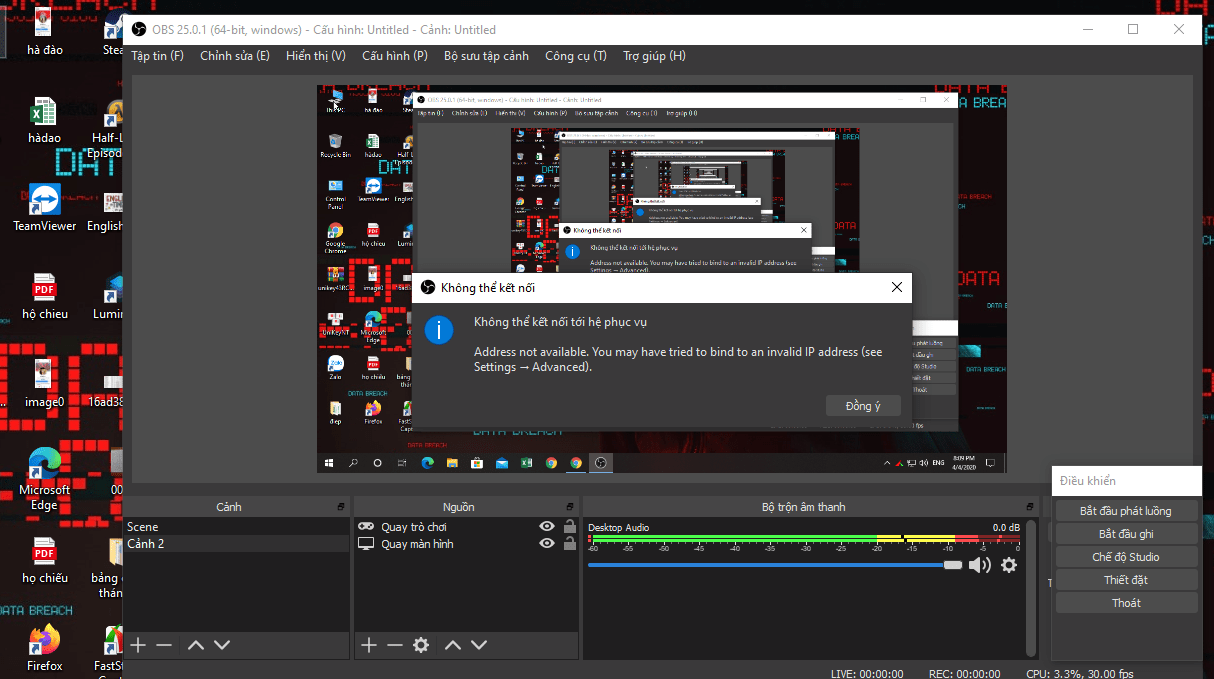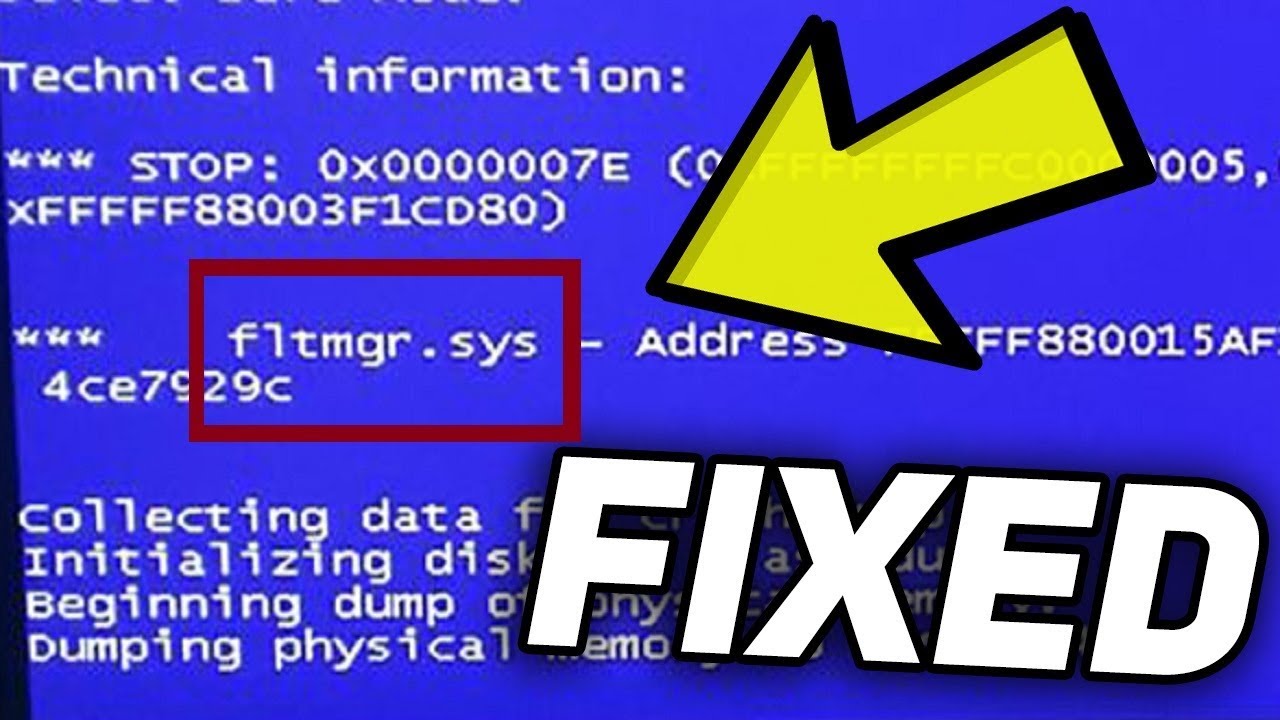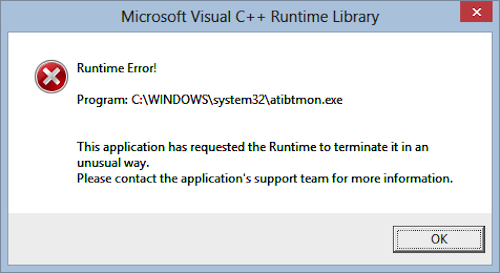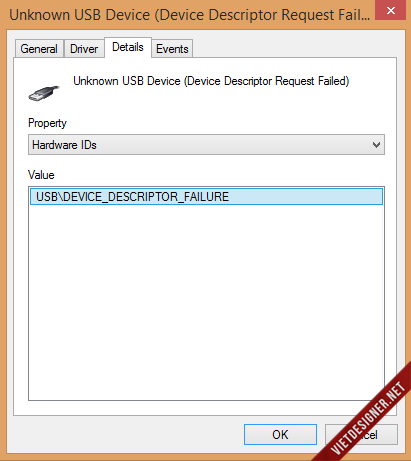Apple won a patent for the iPhone screen with variable refresh rate up to 240Hz. A new Apple patent released by the US Patent and Trademark Office today describes an iPhone display, with the high-frequency scanning mode enabled, able to be able to update content twice. , 3 times or even 4 times the original frequency of scanning, according to the Apple Patent report. For example, a iPhone with a 60Hz display will be able to automatically increase its variable scan frequency to 120Hz, 180Hz or 240Hz.
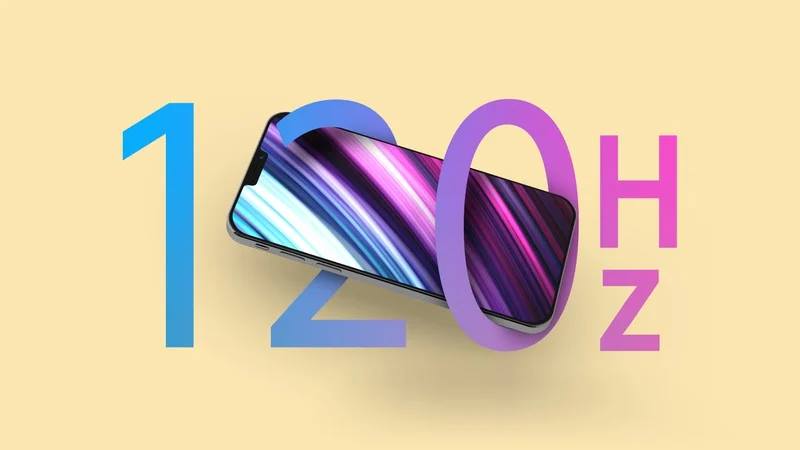
For the uninitiated, frequency of scanning refers to the number of times the screen refreshes per second. The higher the scanning frequency, the smoother the content displayed on the screen. All current iPhones have a screen refresh rate of 60Hz, but as of 2017, all iPad Pro models have ProMotion technology, allowing variable refresh rates up to 120Hz.
Rumors that 120Hz will appear on iPhone 12 have been proven to be false, but there are still beliefs that ProMotion will appear on iPhone 13. In last year’s rumors, some people said that the iPhone 12 will automatically Switch between 60Hz and 120Hz depending on what users are doing on their device in an effort to preserve battery life. While the ability to switch between 60Hz and 120Hz isn’t new, the patent describes the ability of the iPhone display to push refresh rates as high as 180Hz or 240Hz.
The lack of a 120Hz refresh rate on the iPhone so far could be related to Apple’s tendency to be cautious when adding features like ProMotion that could harm battery life or system performance. Rumors suggest that Apple will overcome this power consumption by adopting low-power LTPO display technology for iPhone 13 models, allowing 120Hz to reach 120Hz without any significant impact on battery life. .
The higher refresh rate can benefit some use cases, such as gaming and augmented reality. If the user is simply watching movies or texting friends, the screen can switch back to the original 60Hz frequency as a way to save battery power.
This week, new rumors claim that along with a 120Hz refresh rate, the iPhone 13 lineup will also feature an Always-On display. Always-On screen allows users to view certain information, such as time, date or battery life, all the time. All high-end iPhones since the iPhone X have signature OLED displays, meaning each pixel is individually controlled, allowing the panel to glow only the pixels needed to display to the user. Limited message, maintain battery life.

